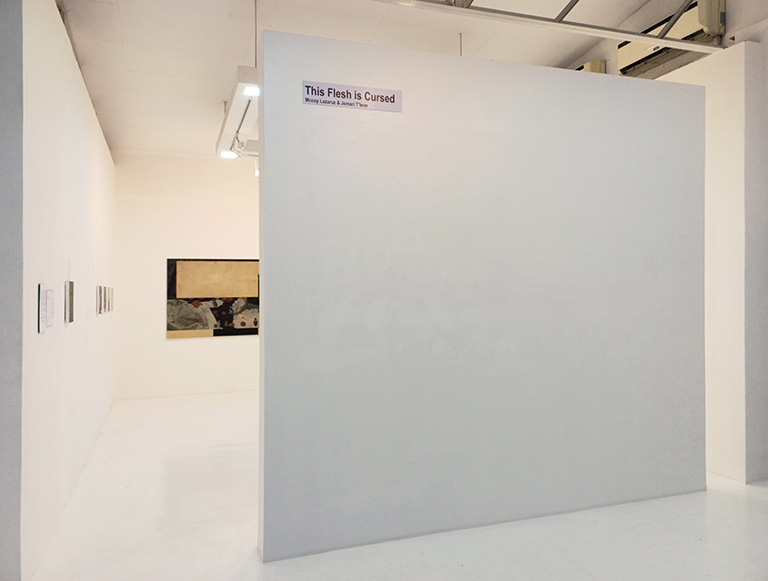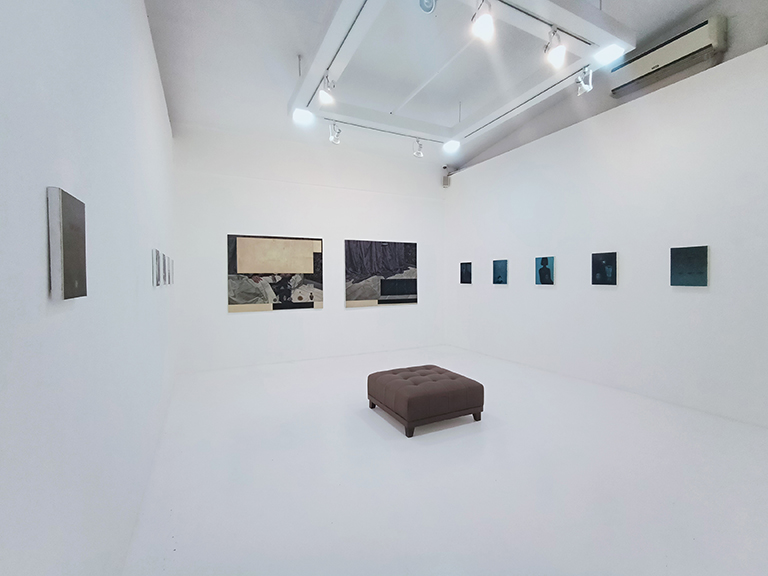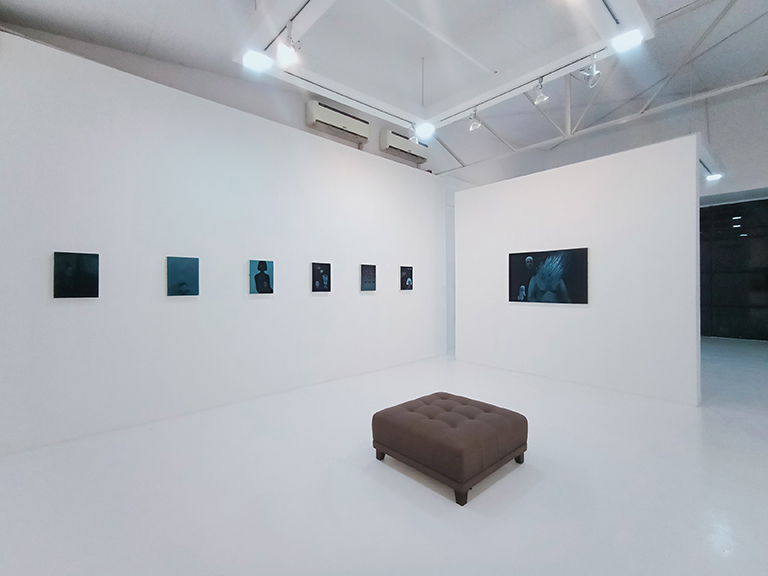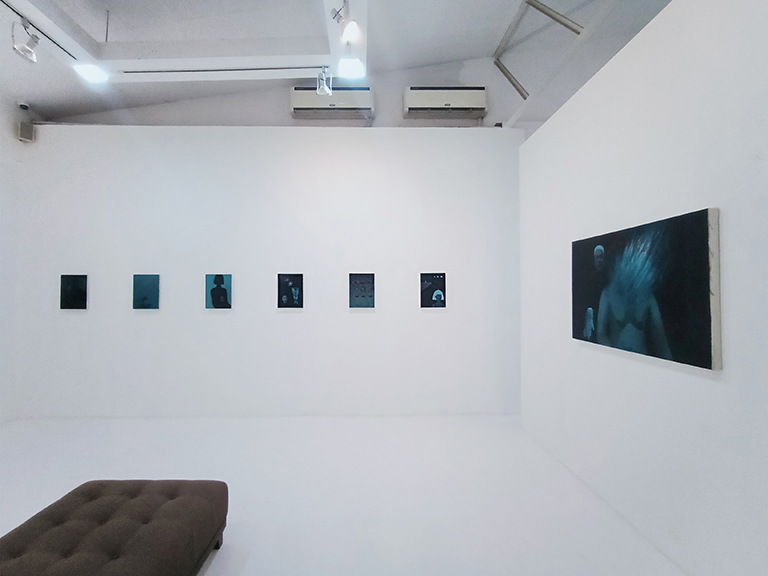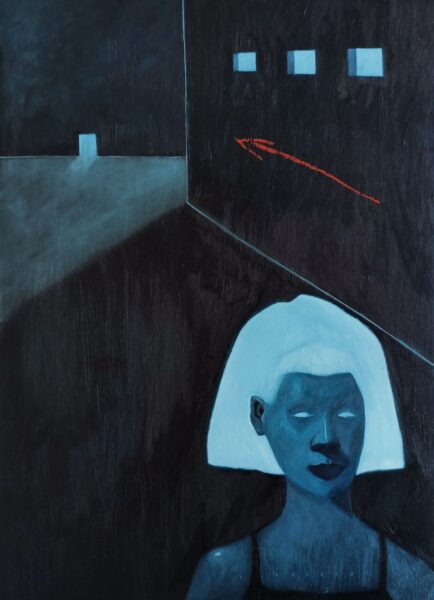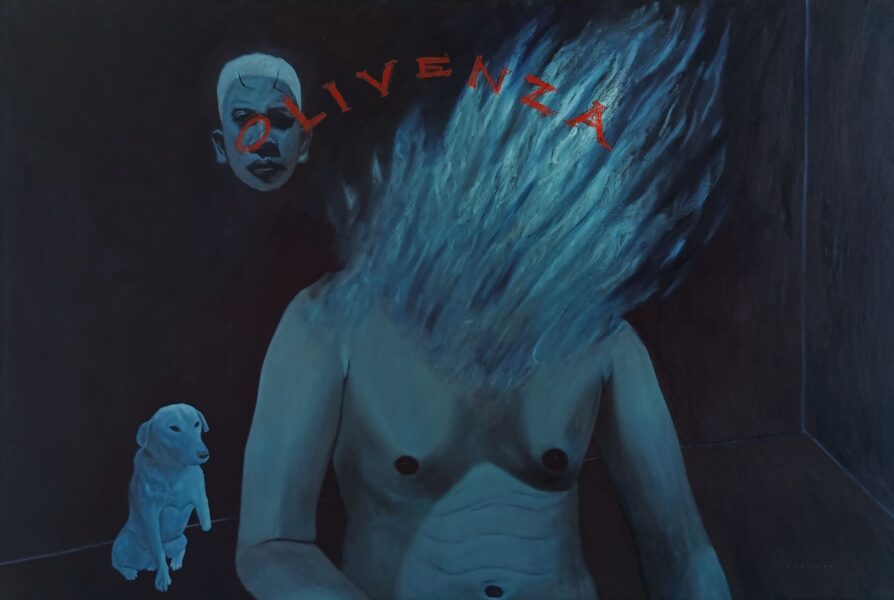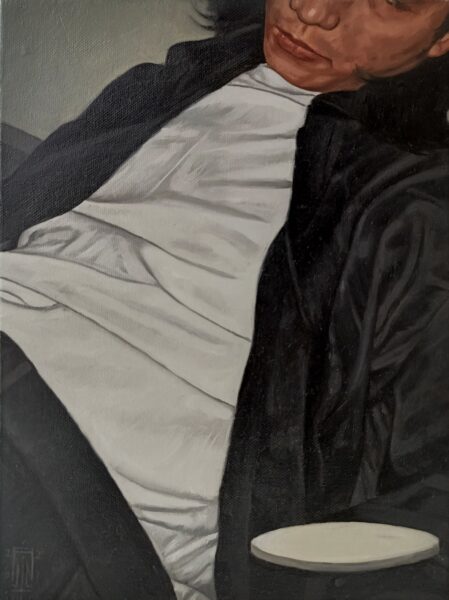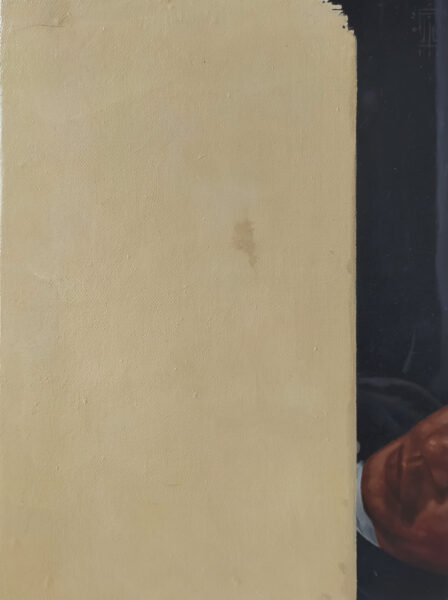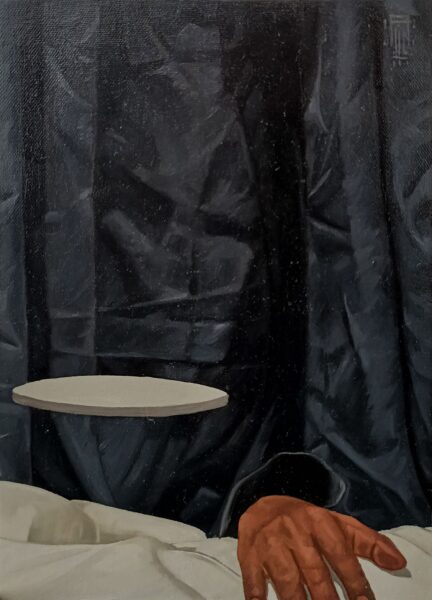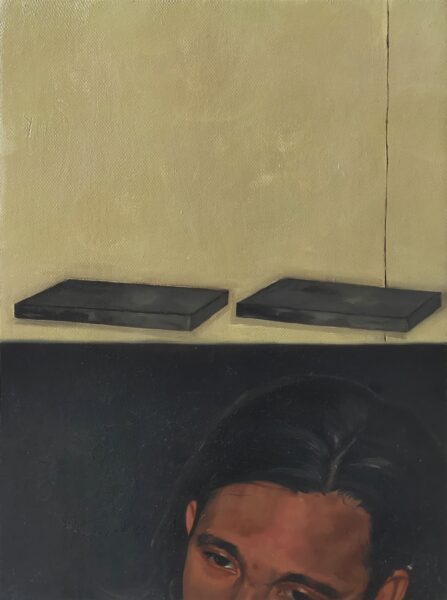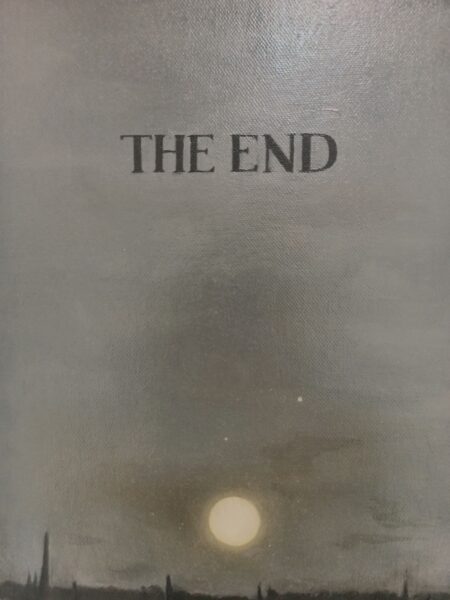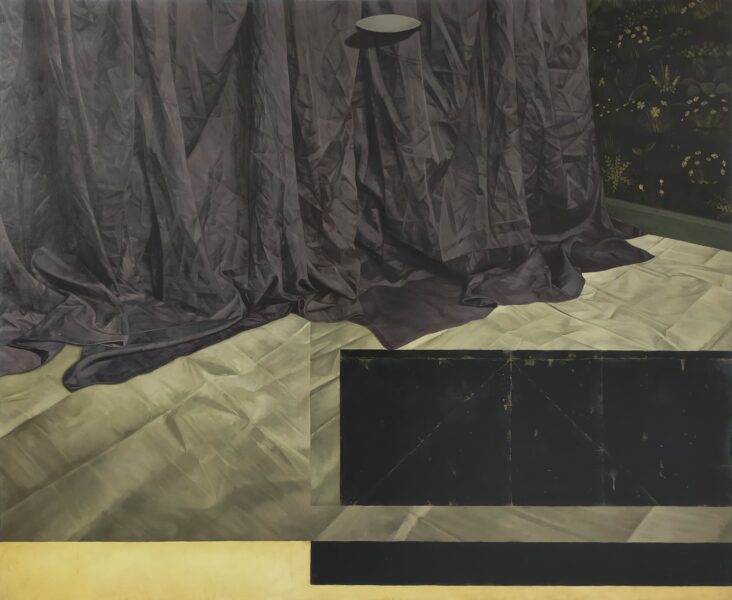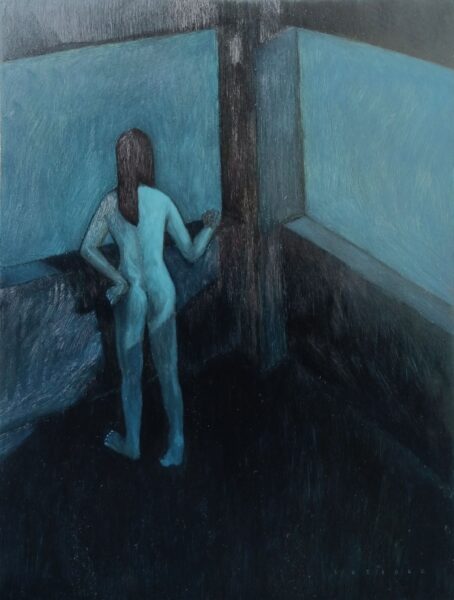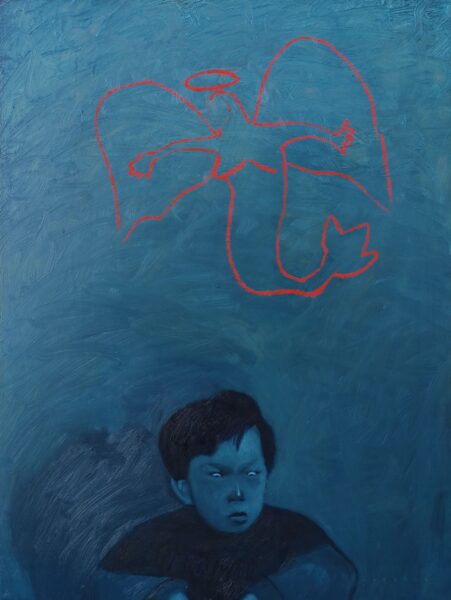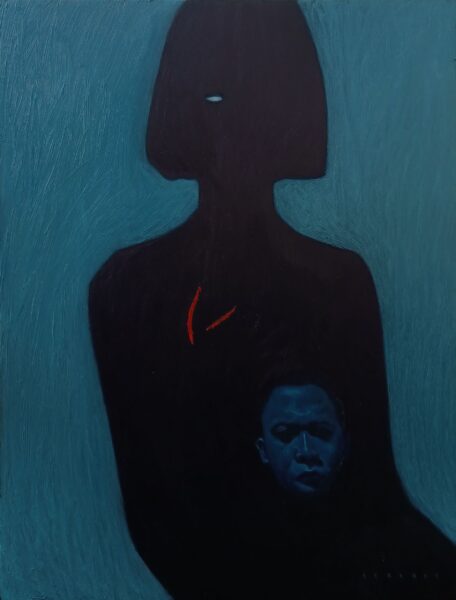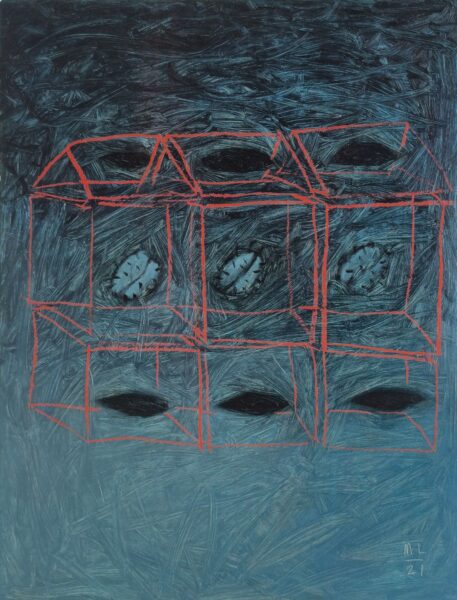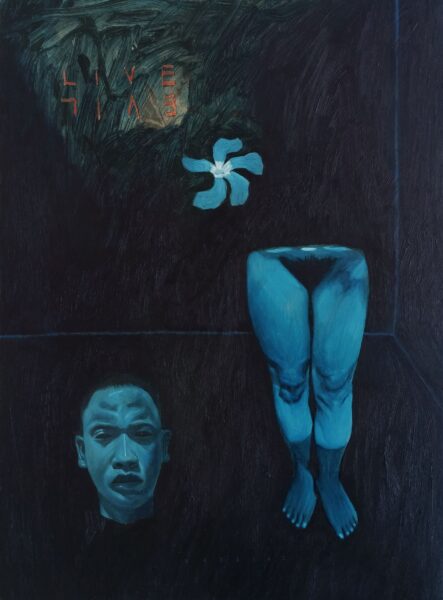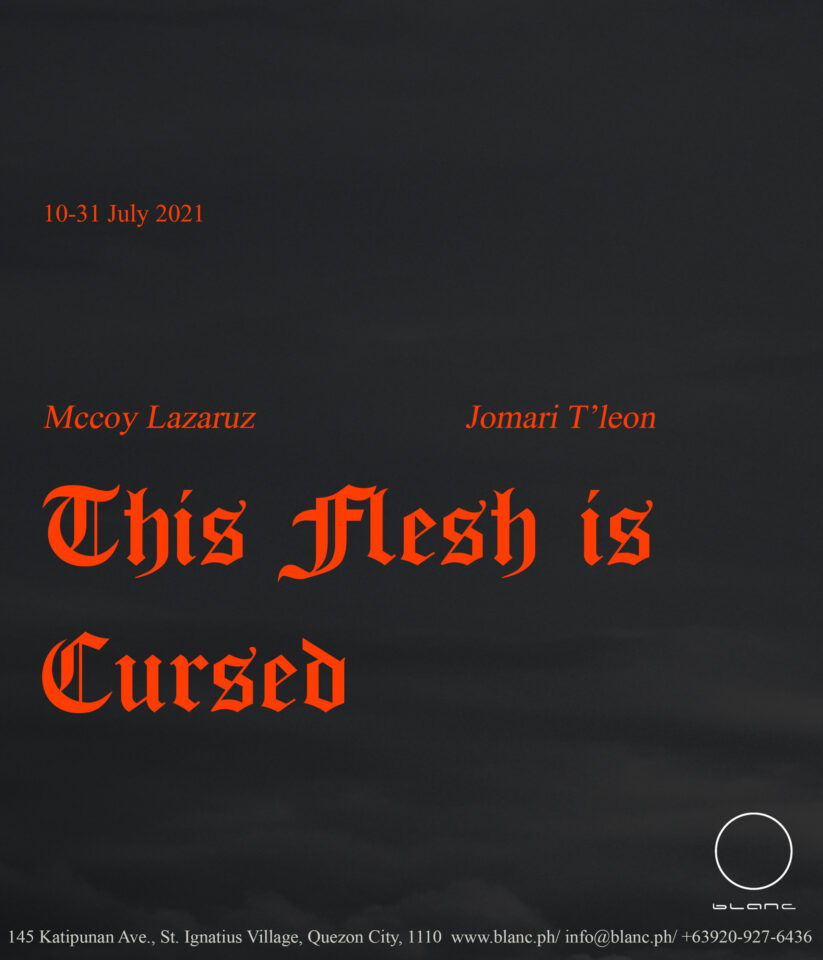
The Flesh is Cursed
German philosophers Arthur Schopenhauer and Friedrich Nietzsche offered differing views about human suffering. Schopenhauer writes in 1850, “Unless suffering is the direct and immediate object of life, our existence must entirely fail of its aim. It is absurd to look upon the enormous amount of pain that abounds everywhere in the world, and originates in needs and necessities inseparable from life itself, as serving no purpose at all and the result of mere chance. Each separate misfortune, as it comes, seems, no doubt, to be something exceptional; but misfortune in general is the rule.” A generation later, Nietzsche wrote that suffering is “a hammer and instrument with which one can make oneself a new pair of wings.” In defining the experience, Schopenhauer prescribed resignation while Nietzsche maintained that misery creates new grounds for new activity apart from the narratives of reason and progress. Reflecting on the nature of human suffering, the works of Mccoy Lazaruz and Jomari T’leon depict the changing conditions and circumstances, which occupy the body as it bears the weight of its doom; “The Flesh is Cursed” looks at these realizations and illustrates these episodes that make us imperfect and mortal but strong.
Parts of the body against varying shades of blue dominate the works of Mccoy Lazaruz. Here, the artist sets the field for narratives drawn from memory and the imagined. In them, the precarity of our existence looms in the grim and gloomy atmosphere of the canvas, illustrating the perpetual sense of life’s urgency and uncertainty. His work “Ms. Guided” paints a picture of a woman going in the opposite direction of where she is supposed to go. The sight tells us how we navigate life most of the time —filled with hints and signs of where we should be but we often decide to go on a different path, unknowing and ignoring clues.
On the other hand, the works of Jomari T’leon circle around themes of mortality. Intimate snapshots of life are in his paintings, where the subject stays at one place and bargains for stability through objects that protect and secure the body from harm. Hence, the wearing of amulets, periapts, sometimes even security blankets. T’leon uses symbols like the front curtain to narrate the performativity of living. Our participation in it ends once the curtain closes but what remains of us are left in those who have witnessed our time on earth.
Perhaps, in the understanding of our suffering, both Schopenhauer and Nietzsche are correct that it is a force that we have to live with, which makes us vulnerable and yet, it also gives us strength.
McCoy Lazaruz (b. 1993) received his BFA (Visual Communication) from Bulacan State University and has exhibited extensively in the country. Lazaruz received a grant from the TUKLAS Mentorship Program where young artists were mentored by established artists Alfredo Esquillo and Renato Habulan.
Jomari T’leon (b. 1998) received his BFA in Advertising from the Technological University of the Philippines. His works create a melancholic portrayal of people and places while integrating living figures and objects.
Works
Documentation
